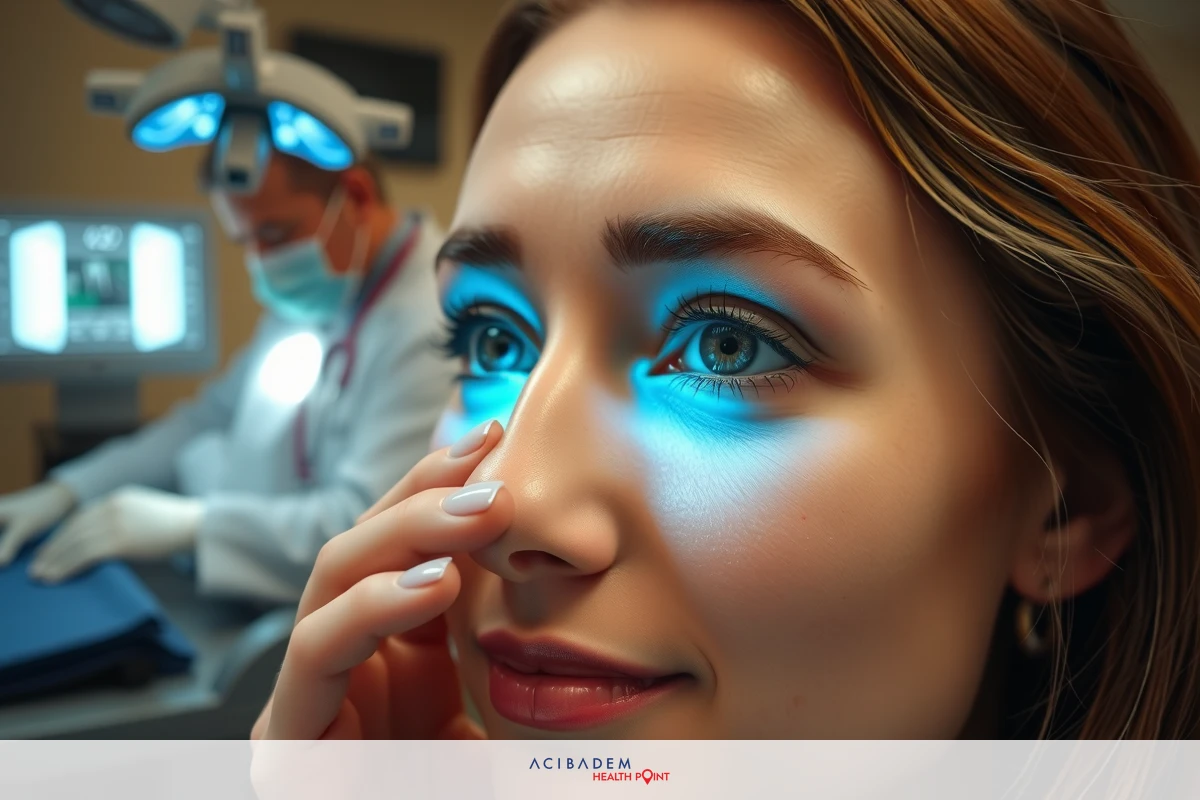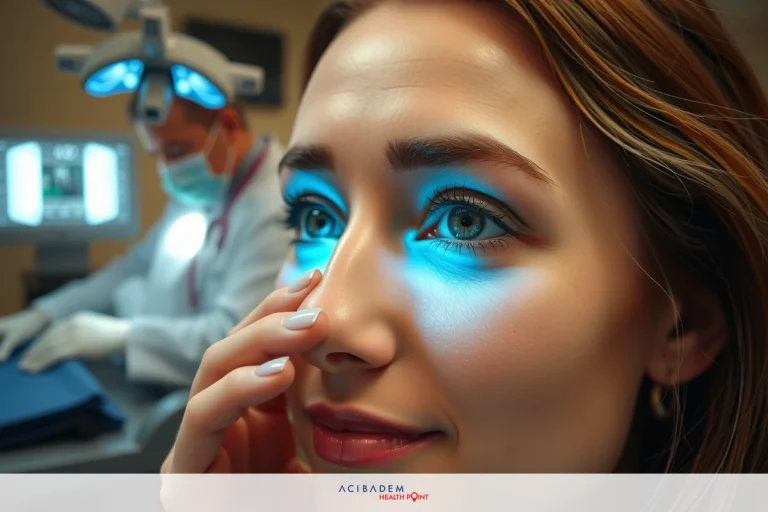What is LASIK Eye Surgery for
What is LASIK Eye Surgery for LASIK eye surgery represents an innovative approach to refractive errors. This powerful technique harnesses the precision of laser technology to reshape your cornea and improve your sight. While it might sound daunting at first, this method has been refined over years of practice and research to ensure safety.
The process starts with a comprehensive consultation with an ophthalmologist who will examine your eyes thoroughly. If you are deemed suitable for the procedure, next comes the surgery – quick yet meticulous. Post-surgery care involves several follow-ups to monitor healing progress but rest assured that countless people have experienced improved vision post-LASIK without complications.
What is LASIK Eye Surgery?
LASIK eye surgery stands as an innovative approach in the realm of vision correction, a beacon of hope for those grappling with refractive errors. This procedure leverages advanced laser technology to reshape the cornea, thereby improving visual acuity. Pioneered over years of rigorous research and practice, its safety profile has been continually bolstered.
Refractive surgery like LASIK offers a solution to common optical issues such as myopia (nearsightedness), hypermetropia (farsightedness), and astigmatism. These conditions emerge due to irregularities in the shape or length of the eyeball that impede light rays from focusing precisely on the retina. By modifying your cornea’s shape through LASIK eye surgery, these inaccuracies can be corrected efficiently.
The process commences with a comprehensive examination by an ophthalmologist who assesses whether you’re a suitable candidate for this procedure. If you qualify, what follows is a meticulously executed surgery that may seem swift but is anything but simple – each step planned and performed with utmost precision. Recovering after LASIK involves regular follow-ups to ensure proper healing; however, most patients report significantly improved vision without complications post-surgery.
The Procedure
The LASIK eye surgery procedure, while it may seem intricate and complex, is actually a well-orchestrated sequence of steps designed for precision and safety. Each component plays a pivotal role in the overall success of this refractive correction technique. Let’s guide you through this fascinating process.
Firstly, anesthetic eye drops are administered to eliminate any discomfort during the treatment. Next comes the creation of a thin flap on your cornea’s surface using either a high-precision instrument called microkeratome or a femtosecond laser.
After lifting the flap gently, your surgeon will focus on the exposed underlying area of your cornea where reshaping occurs. Utilizing an excimer laser – capable of removing microscopic tissue layers with absolute accuracy – they meticulously alter your corneal curvature to correct vision imperfections.
Once completed, the surgeon repositions that initial flap back onto its place without needing stitches due to natural adhesion properties. Finally, protective shields are placed over eyes immediately post-procedure as precautions against rubbing or pressure which could dislodge flaps before healing.
In summary:
- Anesthetic drops ensure comfort.
- A precise instrument creates a thin corneal flap.

The image is set in a medical office. The central figure is a woman, possibly a patient, receiving care or treatment from an attendant whose face is blurred out. The room has bright lighting and appears to be equipped with medical devices such as a chair for examinations. - The exposed portion is then reshaped by removing microscopic layers via an excimer laser.
- After successful alteration, that same initial flap is repositioned without requiring stitches. 5. Protective shields safeguard eyes from accidental contact until recovery completion.
While brief in description here, each step carries immense significance for achieving optimal results from LASIK eye surgery and ensuring patient safety throughout their journey towards better vision clarity.
Benefits of LASIK Eye Surgery
LASIK eye surgery offers a plethora of benefits, chief among them being the potential for significant vision improvement. It’s an exceptional solution to refractive errors such as myopia, hypermetropia and astigmatism. This ability to correct multiple vision conditions is a testament not only to its versatility but also its effectiveness.
Patients who have undergone LASIK often report dramatic improvements in their quality of life. No longer needing corrective eyewear can bring newfound freedom and confidence, whether that’s enjoying sports without the worry of glasses or simply waking up every morning with clear vision. The elimination or reduction in dependency on spectacles or contact lenses can be liberating indeed.
In addition to immediate benefits, long-term advantages should not be overlooked either. Post-LASIK patients generally enjoy stable results over time with minimal need for retreatment making it a sustainable choice for vision correction. Moreover, given the rapid recovery associated with this procedure, many people return to their normal activities within days – another compelling reason why so many are choosing LASIK eye surgery today.
Frequently Asked Questions
What is the success rate of LASIK eye surgery?
The success rate of LASIK eye surgery is quite high. Most people who undergo this procedure experience improved vision and a significant reduction or complete elimination of their dependence on glasses or contact lenses. However, like any surgical procedure, results can vary based on individual circumstances.
How long does it take to recover from LASIK eye surgery?
The recovery period for LASIK eye surgery is relatively short compared to other procedures. Many patients notice an improvement in their vision almost immediately after the operation, but it may take several weeks for your eyes to fully heal and stabilize.
Are there any risks associated with LASIK eye surgery?
As with any surgical procedure, there are potential risks involved with undergoing LASIK eye surgery. These include temporary side effects such as dry eyes or visual disturbances like glare. It's important to discuss these potential risks with your ophthalmologist prior to the procedure.
Can anyone get LASIK Eye Surgery?
Not everyone is a suitable candidate for laser vision correction procedures like Lasik. Certain factors - including age (typically 18 years and older), stable prescription for at least one year, thickness & overall health of cornea among others - would determine eligibility.








